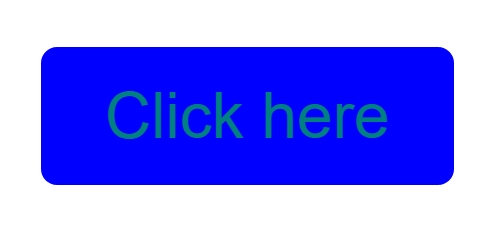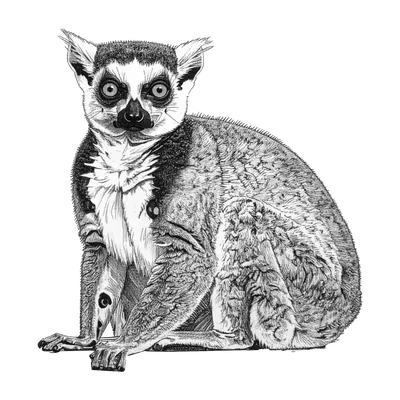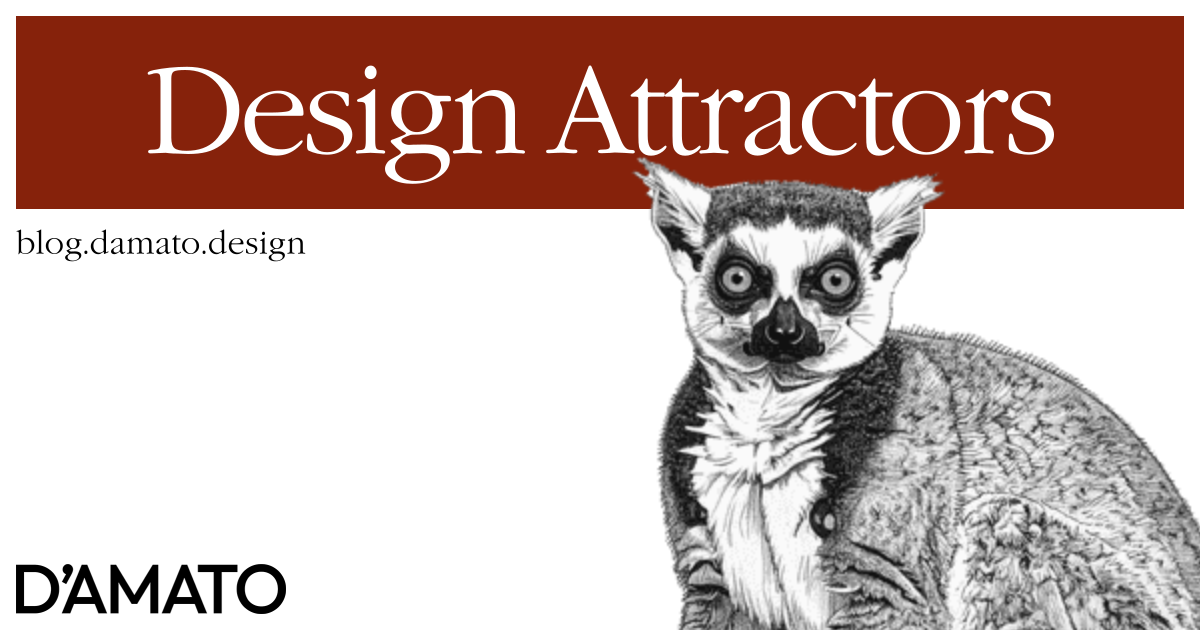This week I tuned into The Question by Ben Callahan, co-hosted by Natalya Shelburne. During the chat I shared one of my patented hot takes: the design system specialist role will eventually disappear. Of course, if that’s true, it doesn’t bode well for me or for the rest of us in the meeting. Design systems are what we do. The rebuttal in the chat was strong: systems are becoming more complex than ever, and organizations need our expertise to make sense of it all.
Our role today
Much of our work today is about agreement in an organization. In fact, when people ask me to define a design system, I often reply with that single word: agreement. The resources we maintain represent those agreements. A design system maintainer doesn’t really care what color a button is. They care about getting the organization to agree on which color it should be.
The complexity of our role lies in managing expectations before these agreements are made: the expectations of users who will one day interact with the products, and the expectations of peers who are building the next version of those products. When marketing says they need a carousel, the challenge isn’t the carousel itself, it’s gathering requirements across humans: our users and our peers. That process produces tokens, components, and guidelines. Abstractly, though, those are just agreements.
Chaos theory
From Wikipedia:
Chaos theory states that within the apparent randomness of chaotic complex systems, there are underlying patterns, interconnection, constant feedback loops, repetition, self-similarity, fractals and self-organization.
I see design systems as subjects of chaos theory. The complexity comes from infinite, undefined human requirements that maintainers must observe and distill into deliverables. But it’s that last word self-organization that feels like the next step.
The knee-jerk reaction is to say a self-organized design system is impossible. Under traditional methods, that’s probably true. After all, this role exists precisely because someone has to deliberately gather requirements and deliver resources. However, I believe we’ve already answered many of these requirements. Much of the knowledge is common and repeatedly applied. We’ve already settled on many truths about building design systems, whether we recognize it or not.
The perfect button
What is wrong with this button?

Most practitioners would agree the background and text colors lack sufficient contrast. According to the WCAG the ratio should be at least 4.5:1. We’ve landed on a stable configuration for the relationship between a button’s background and text. We now expect all buttons to meet this contrast ratio in order to be useful.
This is what I call a design attractor. In chaos theory, an attractor is the stable state toward which a system evolves over time. In design, for a button to be a button, it must also be interactive. This is a design attractor. From there, users expect some visual treatment to distinguish it from non-interactive elements. Exactly what that treatment looks like depends on the local agreements within an organization, but once settled, that’s another design attractor.
This is why I believe in Brad Frost’s Global Design System idea. We know what a button is supposed to be and do. So why are we constantly recreating buttons with that knowledge? Functionally, we’ve already converged toward the answers, toward design attractors. These are the stable solutions that emerge as the natural equilibrium of usability, accessibility, and implementation constraints.
In the world of AI
AI tools today can take a prompt and deliver mediocre user experiences. But how can they even do that? Because they too have developed design attractors, including ones that we haven’t yet defined. They “know” what a button is and can reference those rules to produce another that meets expectations. While they can’t yet replicate the exact button from your specific design system, we’re not far off. We didn’t need to explain the concept of a button to these systems. They figured it out.
If they can do that, why couldn’t they learn more from additional information? And by “information,” I mean requirements. Today, AI gathers requirements for individual tasks. Tomorrow, it could gather requirements for entire organizations and deliver outputs that meet shared human expectations.
The largest argument here is one of expression. This is why the Global Design System idea is hard to grasp. The button at Home Depot isn’t the same as the button at Visa, or so it seems. In reality, they’re functionally the same button. The difference is in local agreements: Home Depot’s cosmetic style versus Visa’s. Even those stylistic choices still follow the same design attractors. Remember the contrast ratio requirement? Both Home Depot and Visa buttons differ in appearance but follow the same underlying rules.
I believe there’s a world where AI synthesizes design attractors at scale, allowing a design system to self-organize within an organization. A designer would contribute simply by designing. That contribution would influence the larger system and shift the design attractor slightly. If someone introduced a low-contrast button, it would have little impact against the weight of prior knowledge of higher-contrast buttons. Bad behavior contributes very little; good behavior contributes naturally toward the attractor.
A person shouldn’t need to look up guidelines, tokens, or components to work. Those resources should be embedded in their context. And even if an experience is claimed to be novel, we’re never truly starting from scratch. Styles themselves would be learned and refined over time, converging toward agreement as the system internalizes how the organization operates.
Where are the people?
What keeps our roles relevant today is AI’s lack of accuracy. We’ve all seen reports of “vibe-coded” work that humans must revisit. And with the complexity of managing expectations across design and development, any inaccuracy erodes trust. Lose trust, and the system collapses. Our roles exist because organizations trust us to deliver accurate agreements, no matter how messy the human dynamics.
But we should be prepared for a future where AI becomes trustworthy enough to take on more of this work. Certainly, there are ethical concerns far beyond design systems. But for now, it’s enough to recognize that design attractors exist and we can either harness them ourselves, or let the machines do it for us.
What will you decide?

